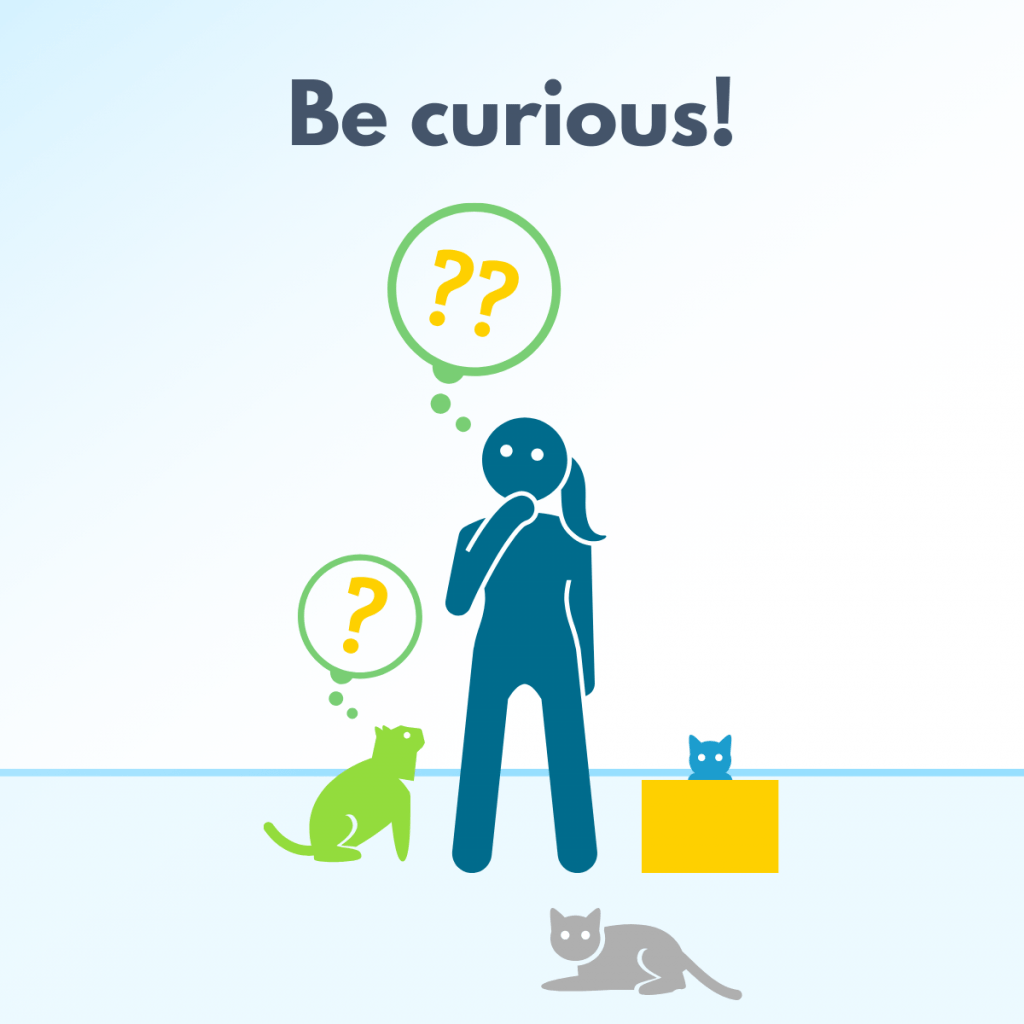While cats may not engage in thought leadership, 🐈🐈⬛While cats may not engage in thought leadership, 🐈🐈⬛
there are certain feline characteristics and behaviors that, when metaphorically applied, can offer insights for organizations!
Here’s a playful take on a few things successful thought leaders (and orgs!) can learn from cats!
🐈⬛ Curiosity and Exploration:
Cats are naturally curious creatures, always investigating new things.
Thought leaders, like curious cats, should embrace a spirit of exploration.
Organizations can encourage a culture of curiosity, where employees are empowered to ask questions, seek new perspectives, and explore innovative ideas.
🐈 Strategic Observers:
Cats are strategic observers, carefully choosing the best moments to act.
Thought leaders should similarly be astute observers of industry trends, market dynamics, and the needs of their audience.
Organizations need leaders who make decisions based on keen observations.
🐈 Playfulness and Creativity:
Cats often engage in play as a way to express creativity and release energy.
Thought leaders can encourage a playful and creative work environment that fosters innovation and out-of-the-box thinking.
Organizations benefit from a culture that values creative problem-solving.
🐈 Comfort Zones and Risk-Taking:
Despite their love for comfort, cats occasionally venture outside their comfort zones.
Thought leaders should inspire their teams to take calculated risks, explore new ideas, and step outside their comfort zones to drive innovation.
Organizations grow when employees are encouraged to challenge the status quo.
While this whimsical comparison draws on cat behavior as metaphors, thought leaders and organizations can benefit
from adopting characteristics, such as curiosity, adaptability, observation, and effective communication, to navigate the complexities of the business world.
I write about
ThoughtLeadership , OrgTL and Brand


